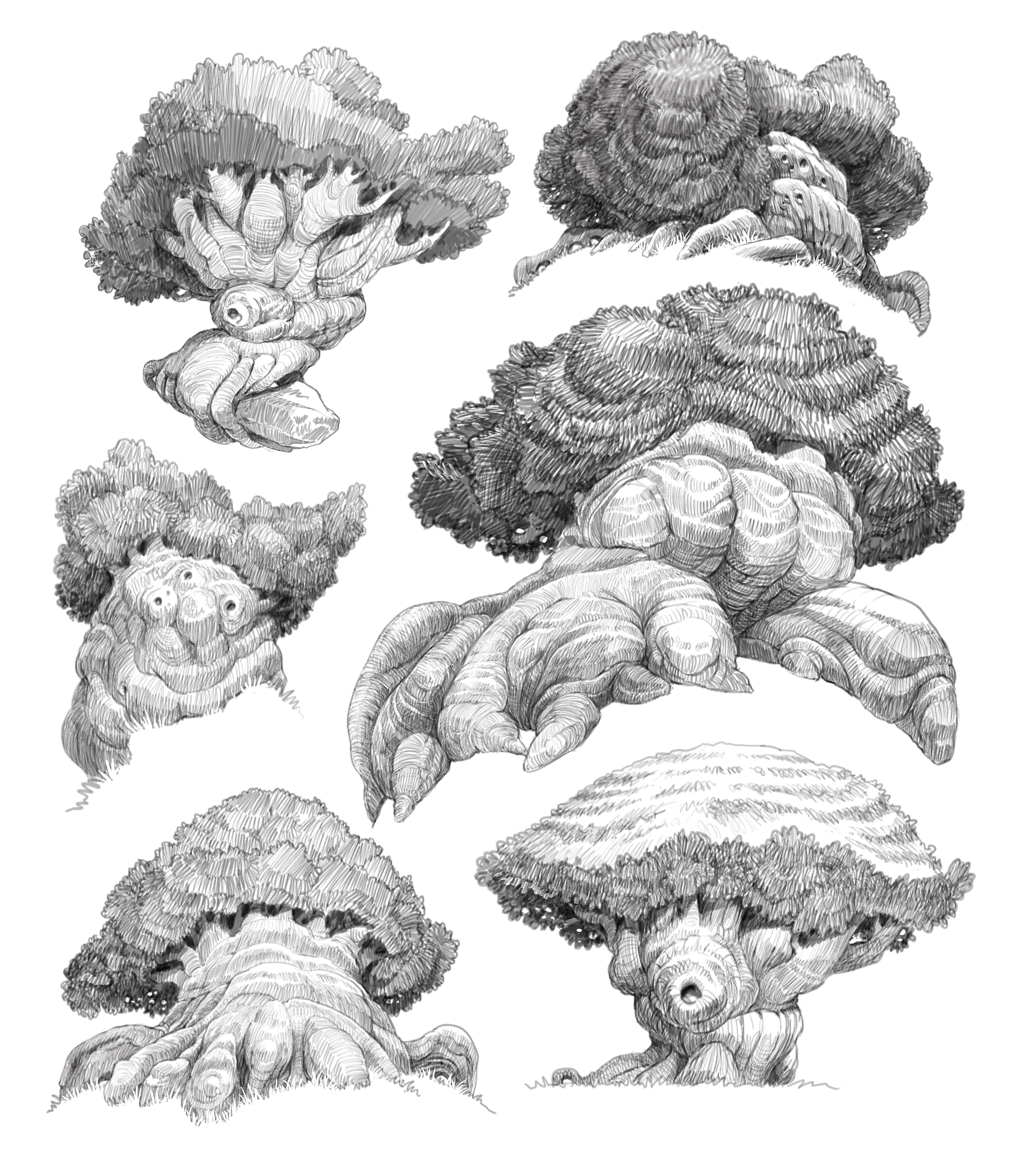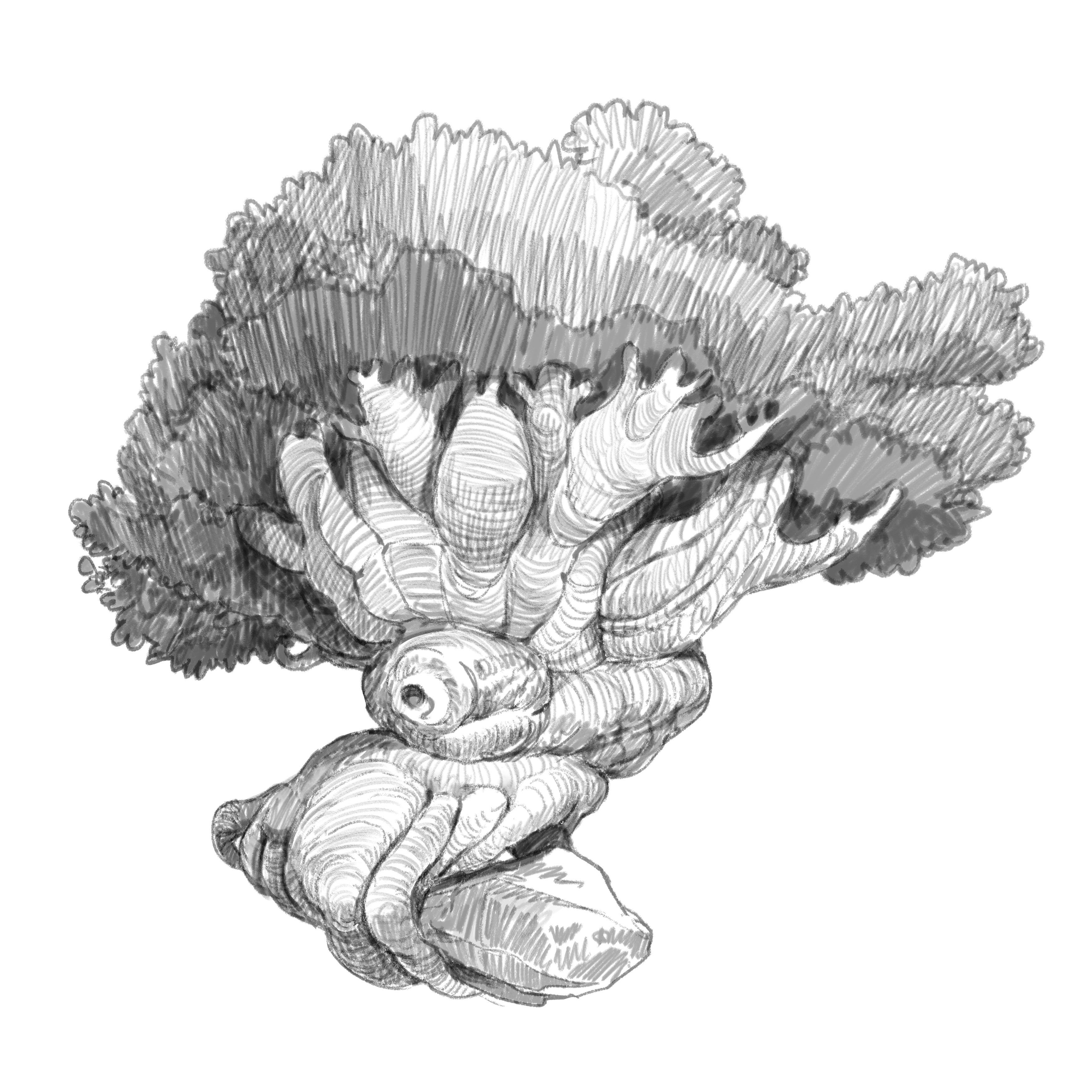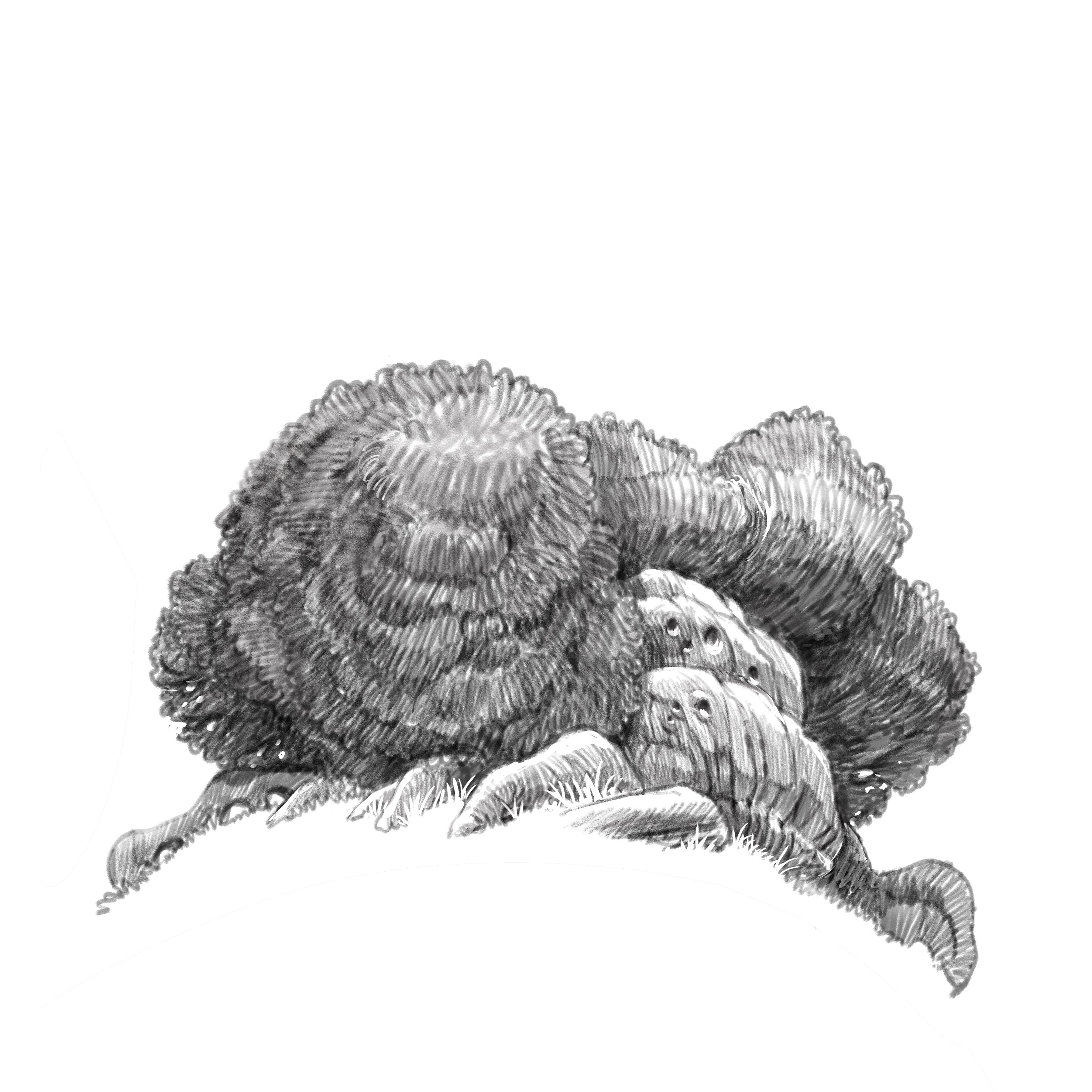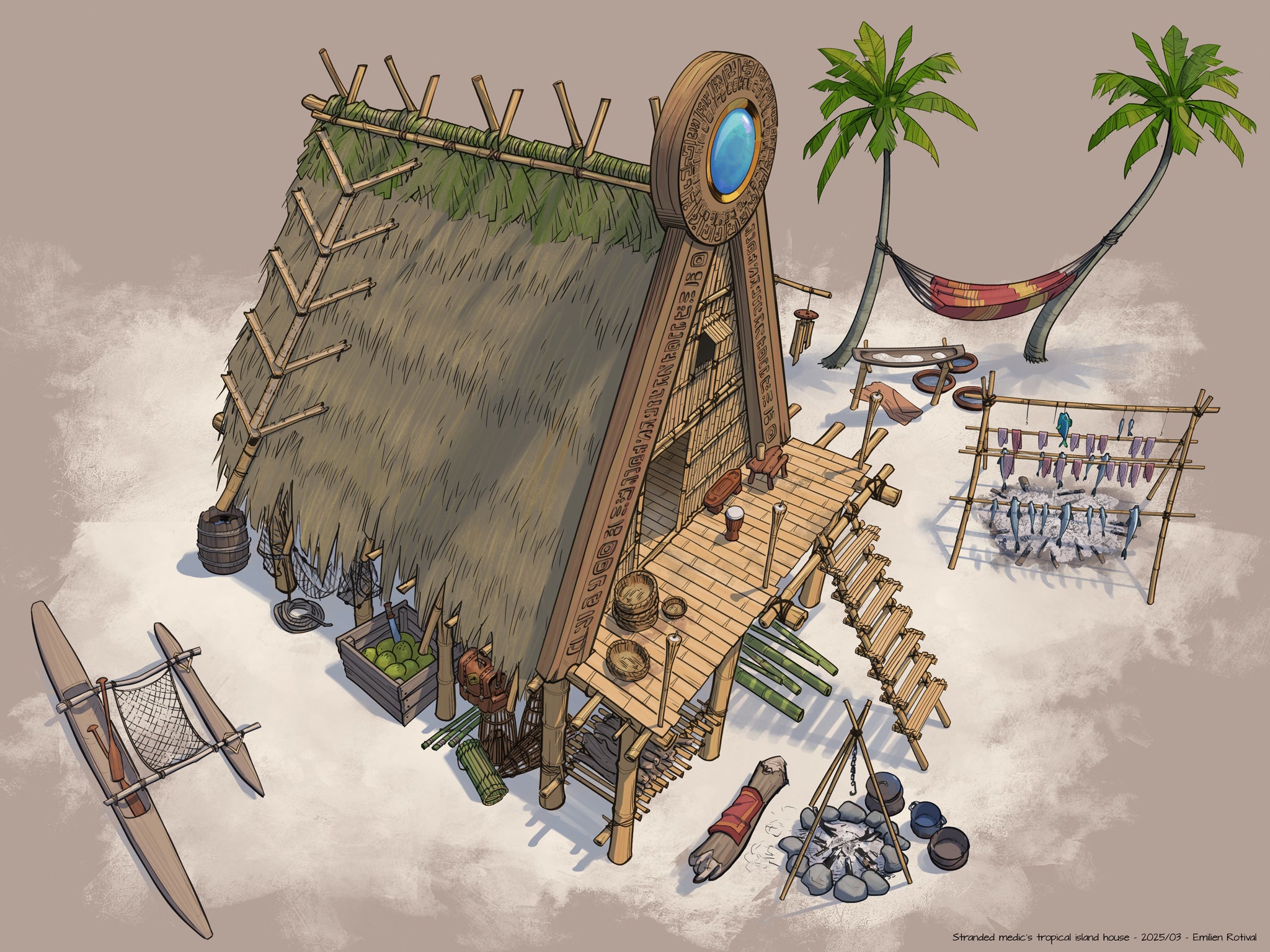Alternate weather/lighting for a personal project, breakdown is here:








Rift
😊Personal project! It was fun exploring the previous idea of The Rift environment, with new mushroom designs and scenes!
For my process, I begin exploring ideas in photoshop/sketchbook. Then I created main mushroom asset in 3D coat, and brought in Blender to make a layout. I rendered scene in different light setups, and did a quick overpaint to explore the idea more. After that I chose one, and finished it in photoshop with some photobash to enhance details.


Hey, I have completed my series of Dark Fantasy environments. My preferred genre is science fiction, and I'm eager to hear your thoughts 😉
The rest is there https://www.artstation.com/simonladason








Hey everyone I’m Brian and this is a piece from my last personal project.












Hi, here is my first post of my Zodiac Masks. A mix between Sun and Moon Zodiac




Cargo Lifter - from concept by the amazing Ian Mcque


The sea has always inspired me, its strength, its continuous movement, its transparency that conveys colors and light.... Another childhood memory, having the chance to live on a boat and discover a sunrise is an incredible opportunity. I remade this digital painting with Photoshop with a graphic style inspired by the artists of the Hudson river School.














Motre trees, chubby ones this time !




Hey everyone. First time posting here, name's Emilien. I've been a board games illustrator and all-around freelancer for the best part of a decade. I was watching some of the IAMC replays lately and 2024 Feng Zhu really got me pumped up. As a result, I've spent some of my free time working on a series of building designs - I just looooove the kind of stuff his students do.
The challenge here is to design a seaside house where a family of two lives - a parent and their child. The adult was formerly a military medic, now stranded in a living environment with lower tech than what they used to have.
I'm still working on it at the moment, feed back is more than welcome













